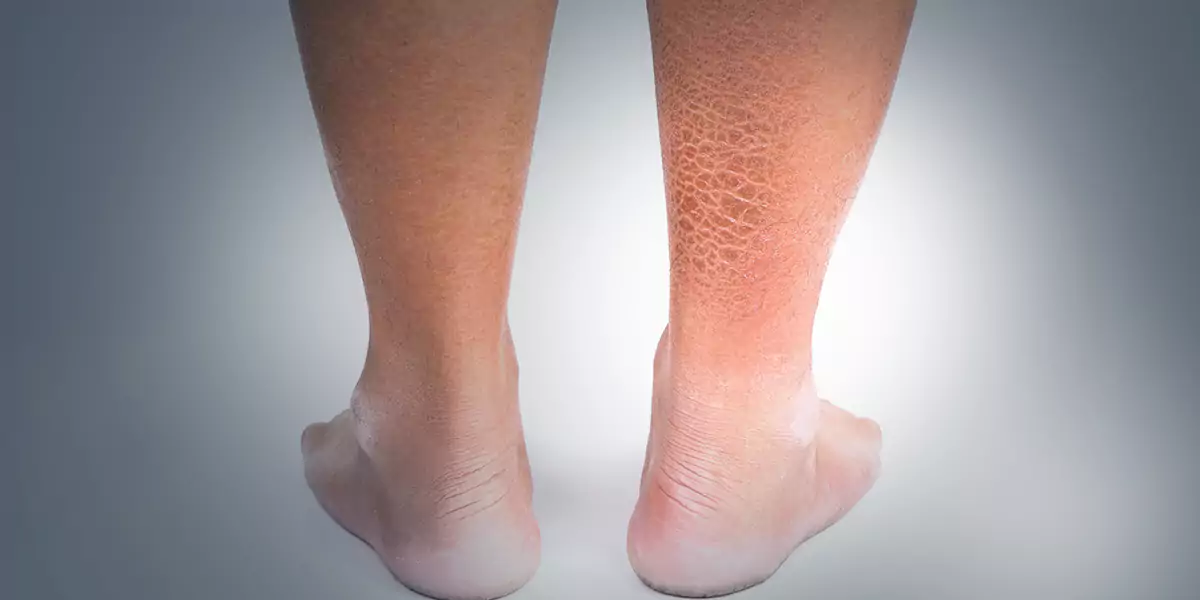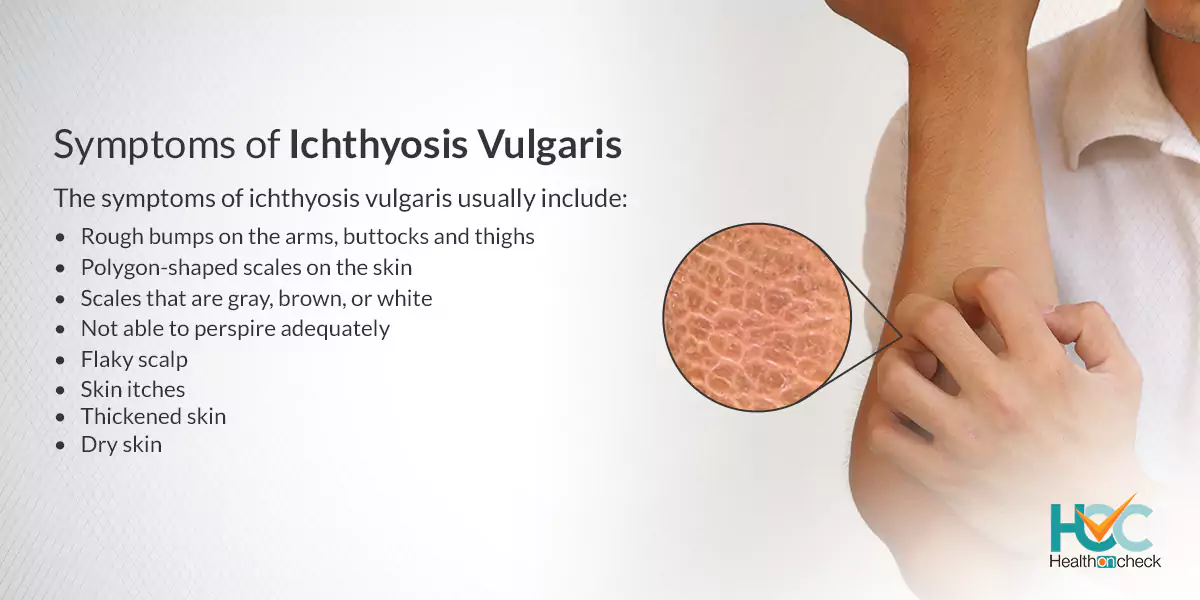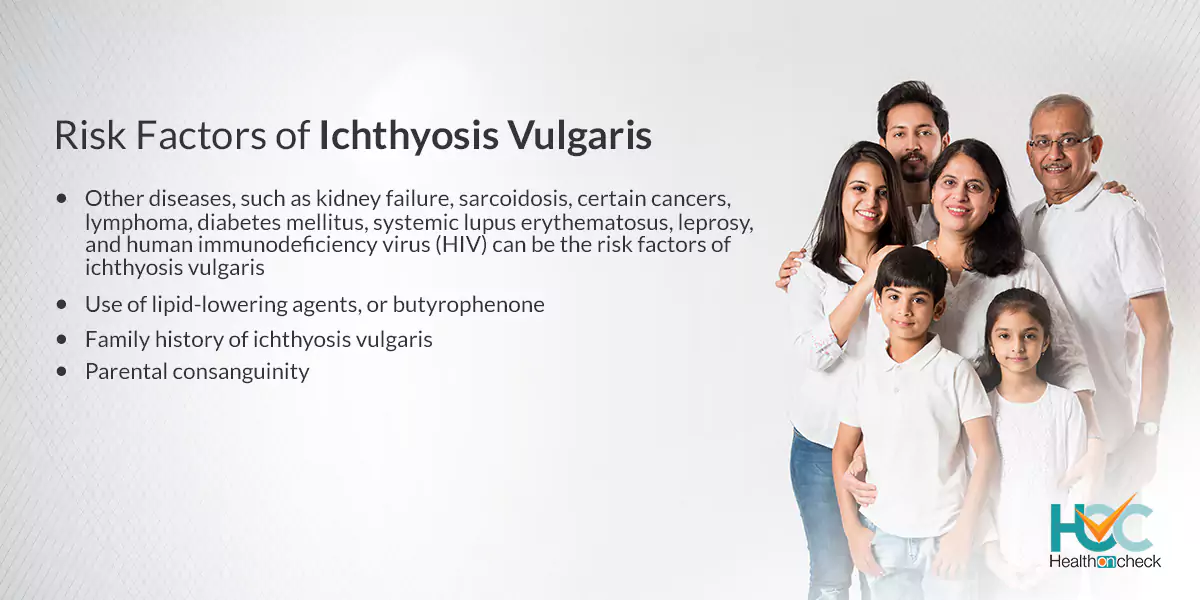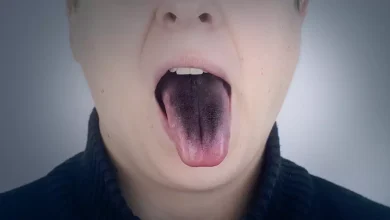What is Ichthyosis Vulgaris?

Ichthyosis vulgaris is a form of ichthyosis, a skin disease with more than 20 varieties. Ichthyosis vulgaris is the mildest and most common form of ichthyosis. It is an acquired or inherited skin condition that develops when your skin doesn’t shed its dead skin cells. This leads to dry, dead skin cells to build up in patches on the surface of the skin. Ichthyosis vulgaris is also called “fish scale disease” due to dead skin accumulating in a similar pattern to a fish’s scales. Most cases of ichthyosis vulgaris are mild and restricted to certain parts of the body. However, in some cases, it can be severe and cover large areas of the body, such as the back, abdomen, legs, and arms.
What are the Symptoms of Ichthyosis Vulgaris?
Patients usually don’t realise that they have ichthyosis vulgaris because symptoms are not very severe and are mostly mild. Because of this most patients believe their skin is dry, so they apply moisturiser, which can decrease scaling.
The symptoms of ichthyosis vulgaris usually include:
– Flaky scalp
– Skin itches
– Polygon-shaped scales on the skin
– Scales that are gray, brown, or white
– Dry skin
– Thickened skin
– Rough bumps on the arms, buttocks and thighs
– Not able to perspire adequately
Ichthyosis vulgaris generally worsens during the winter, when symptoms can occur because of cold and dry air. The disease might virtually disappear in the summer due to the warm, moist air.
What are the Causes of Ichthyosis Vulgaris?
Ichthyosis vulgaris is mostly caused by one’s inherited genes. However, a few patients might “acquire” ichthyosis vulgaris due to a medical illness or as a response to a medicine.
Skin cells reproduce at a normal rate when you have this condition, but they don’t separate at the skin’s surface, as they should do normally. Also, dead skin cells don’t shed rapidly enough, resulting in a buildup of scales.
In children, ichthyosis vulgaris is usually caused by a gene that they inherit from one or both parents. It is known as inherited ichthyosis vulgaris. Parents don’t necessarily need to have the disease to pass the gene onto their children as they might act as the carriers. A child who has inherited the ichthyosis vulgaris gene has a 50% chance of getting this condition.
Another possible cause of ichthyosis vulgaris is a gene mutation that might happen during fetal development. If it happens, the child’s skin is lacking a key protein called filaggrin in the required amount. This protein aids the body in creating the outermost layer of skin and shedding dead skin cells. In adults, the disease is called acquired ichthyosis vulgaris, because it might develop because of other diseases.
What are the Risk Factors of Ichthyosis Vulgaris?
– Other diseases, such as kidney failure, sarcoidosis, certain cancers, lymphoma, diabetes mellitus, systemic lupus erythematosus, leprosy, and human immunodeficiency virus (HIV) can be the risk factors of ichthyosis vulgaris.
– In some rare instances, medications like cimetidine (Tagamet®), used to treat ulcers and acid reflux, and clofazimine used to treat leprosy – or by a vitamin, such as nicotinic acid (a B vitamin) can also prompt ichthyosis vulgaris.
– Family history of ichthyosis vulgaris
– Parental consanguinity
– Use of lipid-lowering agents, or butyrophenone
What are the Complications of Ichthyosis Vulgaris?
The complications of ichthyosis vulgaris might include:
– Skin infections
– Children have a higher risk of developing asthma, eczema, hay fever, and hives.
– Dehydration, overheating, blistering, and rapid calorie loss
– Skin allergies.
– One may suffer psychologically due to the skin’s appearance.
How Ichthyosis Vulgaris is Diagnosed?
Ichthyosis vulgaris can easily go undiagnosed because many often mistake it for simple dry and scaly skin. Your dermatologist can diagnose ichthyosis vulgaris by checking the skin and differentiating it from other skin conditions.
To diagnose the condition, your dermatologist might:
– Check if you have a family history of similar skin conditions.
– Get information about when the symptoms first started to appear.
– Make a list of any other medical or skin diseases you have.
– Check if you are taking any medications, vitamins, or supplements.
The doctor may perform a biopsy where a small part of the skin is removed and sent to a lab for examination under a microscope. Since the disease is inherited in children, a genetic test might also be prescribed by your doctor.
What are the Treatment Options Available for Ichthyosis Vulgaris?
At present there is no cure for ichthyosis vulgaris but treatments are available to manage your symptoms.
Home treatments
You can exfoliate your skin using a pumice stone or loofah after a bath as it can help to remove the excessive skin.
Regularly applying moisturisers containing urea or propylene glycol can help to reduce the symptoms as these chemicals are helpful to keep your skin moist. Using lotion, soaps, or creams that have urea, lactic, or salicylic acid in them is also helpful for your skin to shed dead cells.
You can also use a humidifier in your home as it will add moisture to the air and keep your skin from drying out.
Prescription treatments
You may be prescribed specialised ointments or creams to help moisturise the skin, remove dead skin, and control itching and inflammation. It might include using products with the following ingredients:
– Lactic acid or other alpha hydroxy acids
Also used in anti-aging cosmetics, these compounds help the skin retain moisture and decrease scaling.
– Retinoids
Retinoids might be used in a few rare cases for slowing your body’s skin cells production of skin cells.
Living with Ichthyosis Vulgaris
Living with ichthyosis vulgaris might be difficult at times because the appearance of the skin might affect your mental health and you might feel low self-esteem and lack of confidence. In such cases, you can attend a support group or visit a mental health professional. These therapies can help regain your confidence and cope with any emotional difficulties you might experience. With proper treatment and care, this condition can be managed and controlled. Also usually ichthyosis vulgaris improves with age. For the most part, people with ichthyosis vulgaris lead a normal life, although they might have to treat their skin regularly. This condition rarely affects your overall health.
Whom to Consult?
If you feel constant itchiness in your skin along with dryness that is not going even after using moisturisers, then you should visit your dermatologist because it may be a sign of ichthyosis vulgaris or other similar skin conditions. Your dermatologist will examine your condition and check whether it’s Ichthyosis Vulgaris or any other skin disease according to which treatment will begin.






